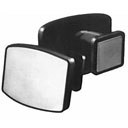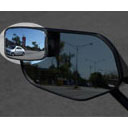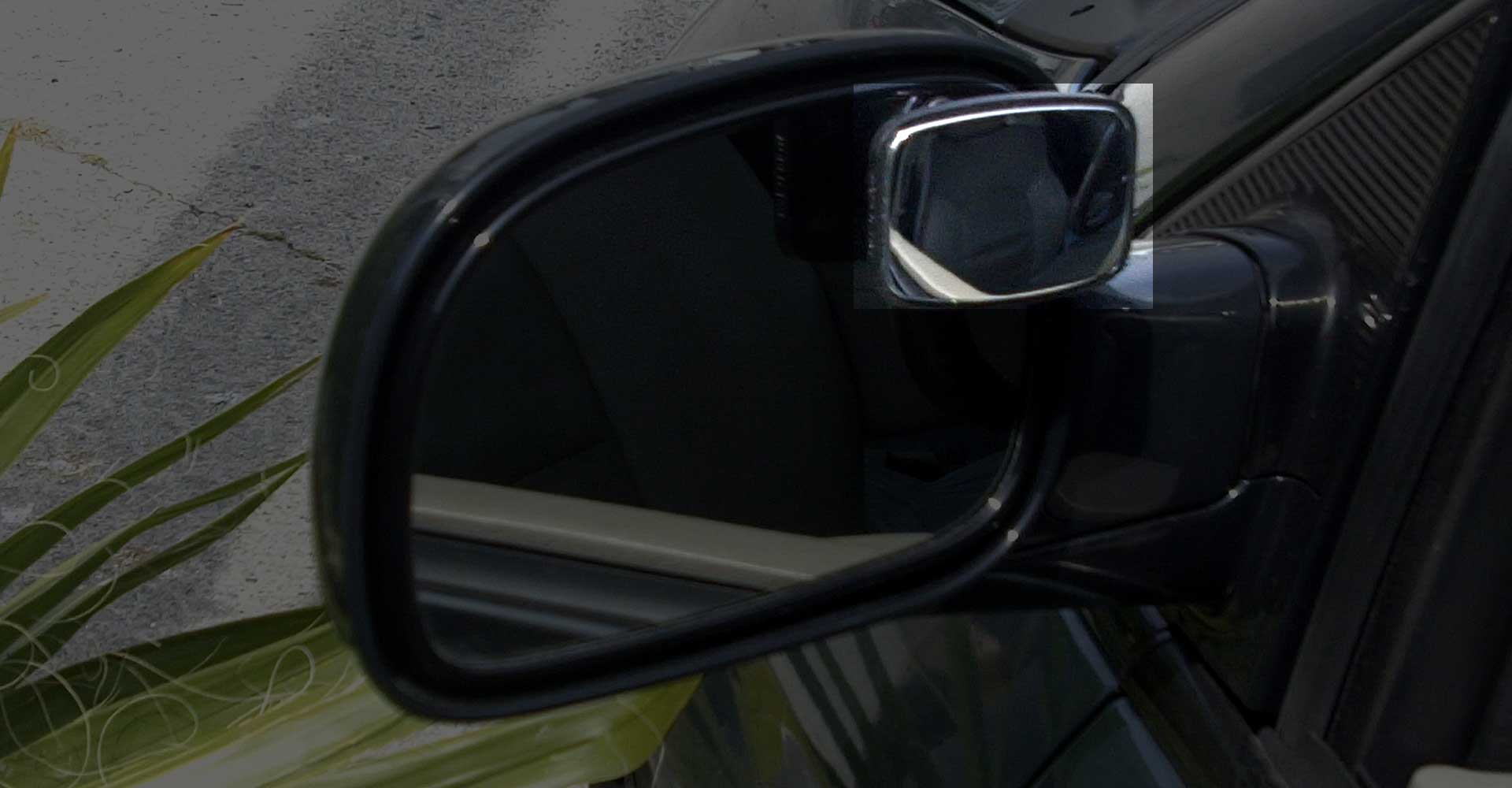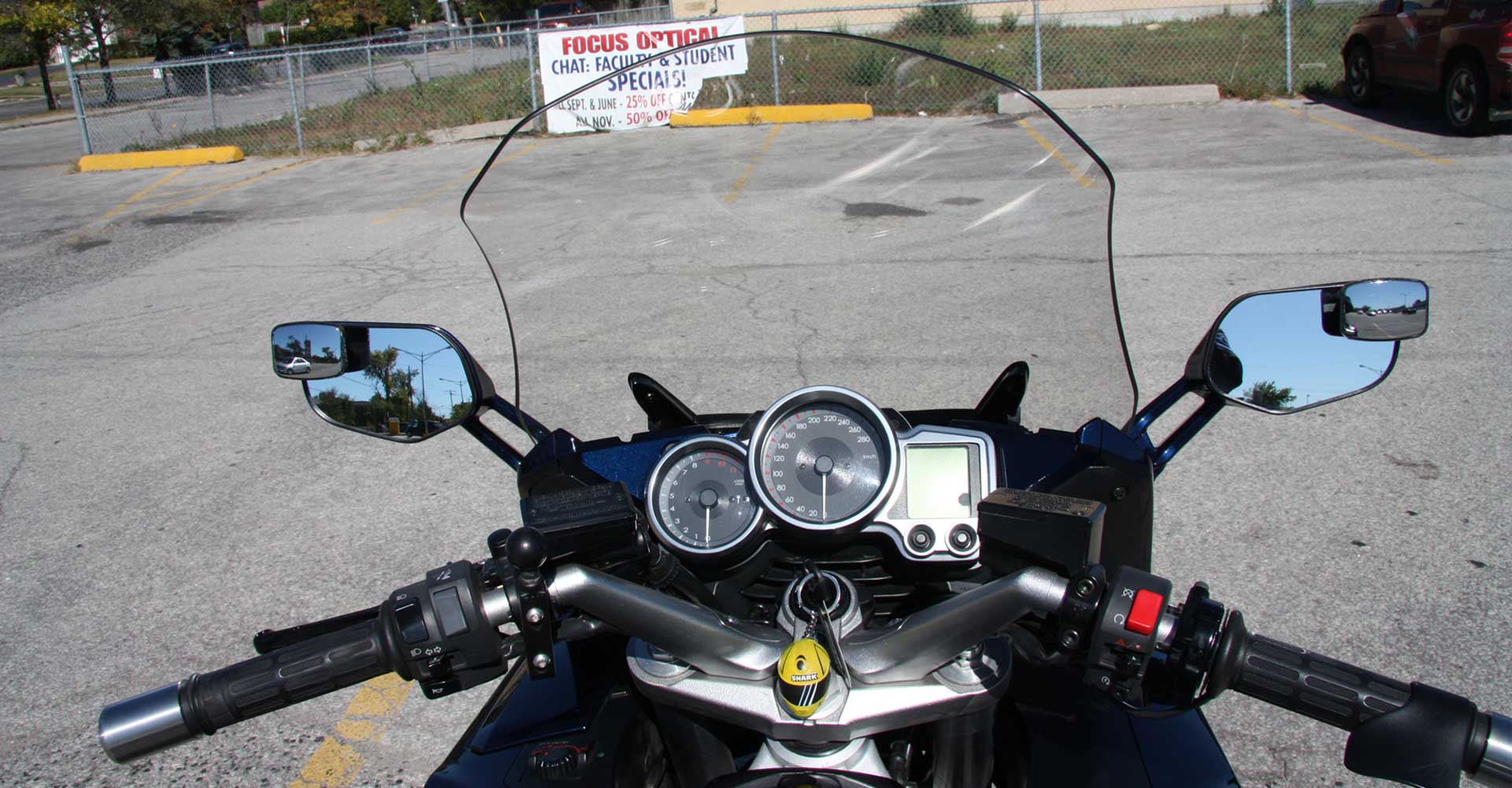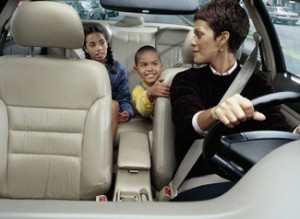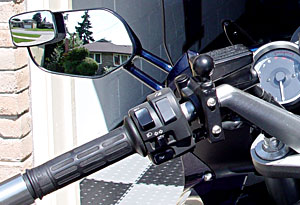
Towing a trailer for the first time should be tackled with care, planning and an emphasis on safety.
Firstly you must make sure you have hitched up correctly. Double check the towing attachment and ensure safe locking in place. You need the trailer still there when you reach your destination. Make sure the licence plate is in the right place and that the lights are all connected up. Any load and contents must be secure.
You will no longer be driving your normal car, which you have grown comfortable with over the years. You new, combined vehicle will be longer, wider and heavier and you will need to practise to familiarize yourself with its characteristics. What is the turning circle and pull-away speed? What does it feel like when you apply the brakes? Can you back up and still keep control of the car and the trailer?
Check the view now you have a trailer behind. You will find the side mirrors are not enough and the rear view mirror may now be useless. You should experiment with blind spot mirrors. These should be fitted usually with extensions so that your breadth of vision is improved. You need to be able to see as much as possible to the side and rear. Blind spot mirrors will complement the existing side mirrors. You can also buy complete replacement mirrors which can be extended either manually or electrically. These give more flexibility.
When you get out on the road, there will still be blind spots and you need to know where these are and remember they can hide a lot. Be wary of lane changing. You will not have the acceleration you used to have to pull out into small gaps. Consider others and give them plenty of notice of your movements.

